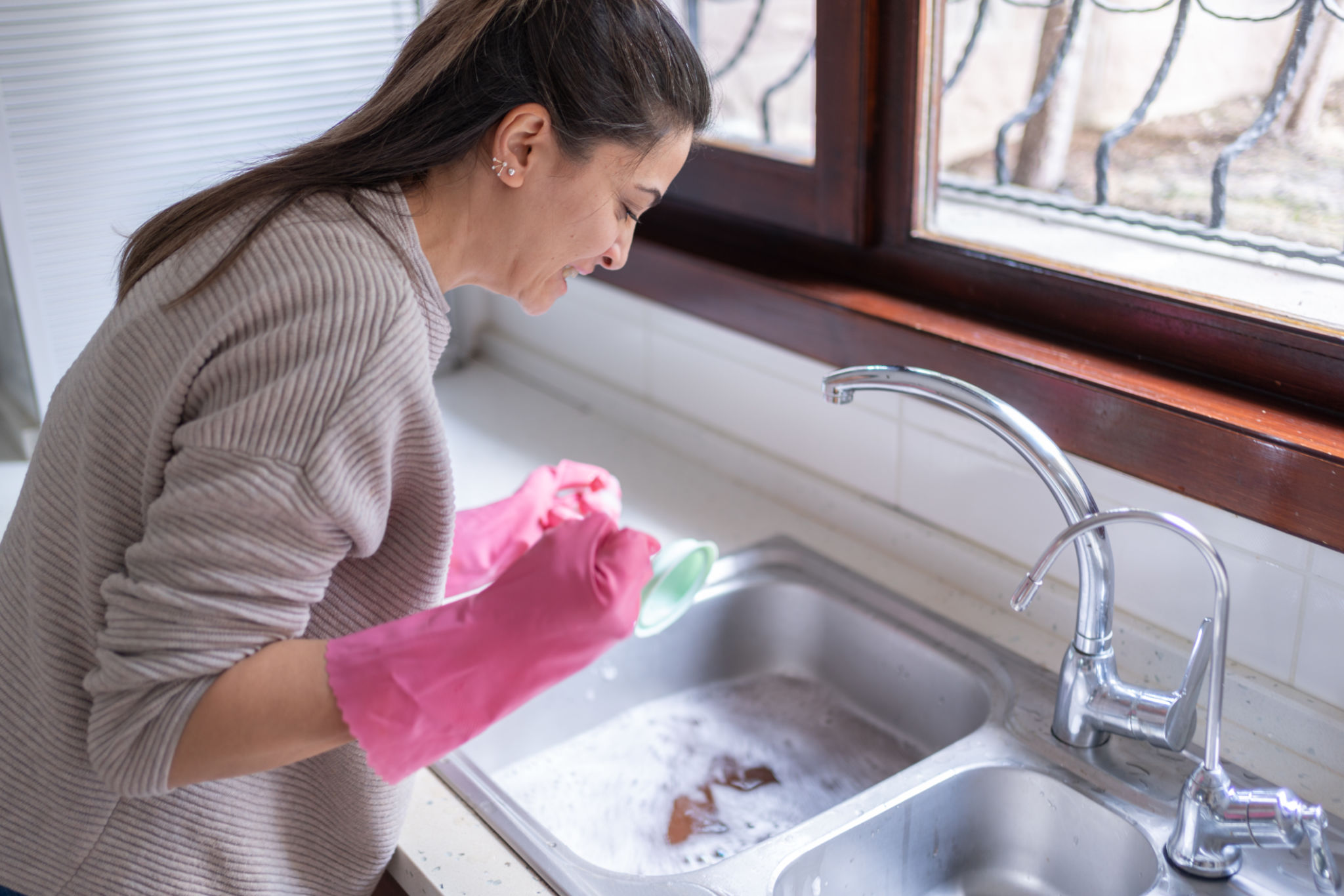DIY Plumbing Tips: How to Handle Minor Issues Before Calling a Plumber
Understanding the Basics of Plumbing
Plumbing is an essential component of any home, but it can be intimidating for many homeowners. Understanding the basic concepts can help you manage minor issues without immediately calling a professional. Common problems such as leaky faucets, clogged drains, and running toilets can often be resolved with some basic tools and a little patience.
Before diving into any repair, familiarize yourself with the plumbing system in your home. Knowing the location of shut-off valves and how to turn off the water supply is crucial in preventing water damage during repairs.

Fixing a Leaky Faucet
A dripping faucet is not only annoying but can also lead to unnecessary water waste and increased utility bills. Most leaks are due to worn-out washers or seals. Here’s how to fix it:
- Turn off the water supply to the faucet.
- Remove the handle and any decorative parts.
- Replace the damaged washer or seal.
- Reassemble the faucet and turn the water supply back on.
This simple fix can save you money and is a great first step into DIY plumbing.
Dealing with Clogged Drains
Clogged drains are another common issue that can often be resolved without professional help. The first line of defense is a plunger, which is effective for minor clogs in sinks, tubs, or toilets.
If plunging doesn’t work, try using a drain snake or a chemical drain cleaner. Be cautious with chemical cleaners as they can damage pipes if used excessively. Regular maintenance, such as pouring hot water down the drain weekly, can prevent clogs from forming.

Handling a Running Toilet
A running toilet can waste a significant amount of water over time. The problem usually lies within the tank. Common causes include a faulty flapper, an improperly adjusted float, or issues with the fill valve.
- Check the flapper to ensure it seals properly.
- Adjust the float so that the water stops filling just below the overflow tube.
- If necessary, replace the fill valve to stop the toilet from running continuously.
These adjustments are simple and require minimal tools, making them perfect for DIY enthusiasts.
When to Call a Professional
While DIY plumbing can be rewarding and cost-effective, there are times when it’s essential to call in a professional. If you encounter issues such as major leaks, low water pressure throughout your home, or foul odors emanating from drains, it’s best to seek expert help.
Attempting complex repairs without proper knowledge can lead to more significant problems and costly repairs down the line. When in doubt, don’t hesitate to reach out to a licensed plumber.

By handling minor plumbing issues yourself, you not only save money but also gain valuable skills that increase your confidence in home maintenance. Remember to always prioritize safety and know when it's time to call a professional to avoid further complications.